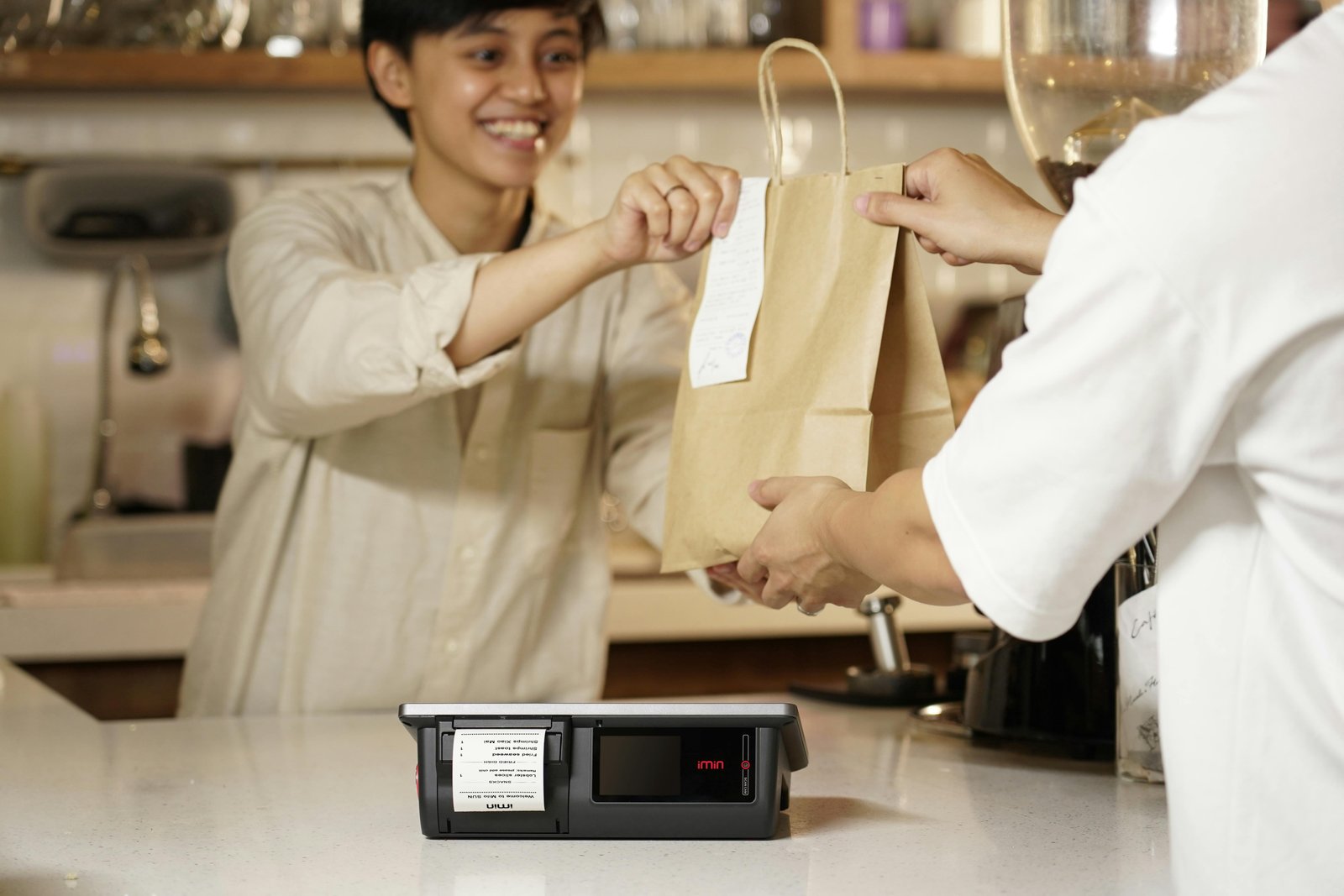TL;DR:
- 76% of customers will leave a review if asked.
- Effective review request methods include:
- Email: Send a polite message post-interaction with a review link.
- In-Person: Ask satisfied customers directly.
- Post-Purchase Follow-up: Contact customers via SMS/email soon after their purchase.
- Social Media: Use platforms like Facebook, Instagram, and Twitter to request reviews.
- Incentives: Offer small rewards for leaving reviews, ethically.
- Timing is crucial; request reviews immediately after positive experiences.
- Essential email components: catchy subject line, personalization, direct links, gratitude, and polite closing remarks.
Ever wondered why most of us don’t spill our thoughts online unless someone asks? Turns out, 76% of buyers will post a review if you simply request one. So, how do you get that ball rolling and gather those golden nuggets of feedback? The key lies in knowing the right methods and timing for requesting reviews.
This article breaks down effective strategies for gathering customer reviews, touches on the best platforms to use, and stresses the importance of keeping things real. Ready to amp up your feedback game? Let’s dive in!
Effective Methods for Requesting Customer Reviews
Requesting customer reviews is crucial for business success. Studies show 76% of customers will leave a review if asked. To get more feedback, you need to focus on timing and the right approach.
Here are five effective ways to request reviews:
- Email Requests: Send a polite email after a positive interaction. Include a link to the review site to make it easy for customers.
- In-Person Requests: Ask for a review when a customer is satisfied in-store. Simply say, “Would you mind sharing your experience online?”
- Post-Purchase Follow-ups: Soon after a purchase, reach out via SMS or email. A friendly reminder keeps your business fresh in their mind.
- Social Media Engagement: Use platforms like Facebook to request reviews. Encourage happy customers to share their stories.
- Incentives for Feedback: Offer small perks or discounts for leaving a review. Ensure incentives are ethical, preserving review authenticity.
Timing is critical. Request reviews right after a positive experience. If you wait, they might forget. Avoid unethical practices like buying reviews or spamming to maintain trust.
Crafting the Perfect Review Request Email

Emails are powerful for requesting reviews, but they must be clear and concise. A straightforward email ensures the purpose is understood right away. Including a direct link to the review site simplifies the process for customers. Templates can range from personalized messages to broader company-wide emails. Having these templates allows for quick, efficient communication.
Essential Components of a Review Request Email
- Subject Line: Catch attention with something like “We’d Love Your Feedback!”
- Greeting: Begin with a friendly hello, using the customer’s name if possible.
- Personalization: Mention specific details about their purchase to show appreciation.
- Direct Links: Provide a simple link to the review site for easy access.
- Gratitude: Thank them sincerely for their time and business.
- Closing Remarks: End with a polite note, encouraging future interactions.
Having templates for review request emails boosts efficiency. Quick access means you can respond swiftly, ensuring you don’t miss opportunities for valuable feedback.
Leveraging Social Media for Customer Reviews
Social media is a game-changer for gathering reviews. Platforms like Facebook reach a vast audience and make requesting reviews easy. By engaging with customers, businesses can prompt them to share positive experiences.
Social media is effective because it’s where people naturally share opinions. A simple request here can increase reviews significantly. Featuring reviews on your website boosts credibility and encourages new visitors to leave feedback.
Here’s how to use different platforms for review requests:
| Platform | Method |
|---|---|
| Create engaging posts asking for reviews. | |
| Use Stories to prompt followers for feedback. | |
| Tweet a call-to-action with a review link. | |
| Post articles highlighting customer testimonials. |
Using social media strategically fosters authentic interactions and gathers valuable reviews, improving online reputation.
How to Ask for Reviews Examples: Boost Feedback Today

Tone and language are key when asking for reviews. A polite request with “Please” and “Thank you” shows customers you value their time. A simple request can encourage more people to share their thoughts.
Here are five examples of positive review requests using different tones:
- Formal: “Dear [Customer Name], we hope you enjoyed your recent purchase. Please share your experience by leaving a review. Thank you for your support.”
- Casual: “Hey [Customer Name], glad you chose us! Could you drop a quick review? Thanks!”
- Enthusiastic: “Hi [Customer Name]! Loving [Product/Service]? Share the love and leave a review! Thanks!”
- Friendly Reminder: “Hi there! Just a nudge to remind you to leave us a review. We’d really appreciate it. Thank you!”
- Grateful: “Hello [Customer Name], thanks for being loyal! We’d love if you could review us. Much appreciated!”
Positive feedback enhances your business’s reputation and builds trust, attracting new clients. Engaging customers with well-crafted requests boosts feedback and strengthens relationships, enhancing long-term success.
Timing and Follow-Up Strategies for Review Requests
Timing is everything when asking for reviews. The best time is right after customers express satisfaction. This is when their positive experience is fresh, increasing the chance of a glowing review. Miss this window, and their willingness might fade.
After a purchase, quickly follow up with an email or SMS. Keep messages friendly and brief to avoid overwhelming customers.
Effective Follow-Up Techniques
- Thank You Notes: Express gratitude for their business and subtly ask for a review.
- Reminders: A gentle email or text reminder if they haven’t left feedback yet.
- Additional Information: Offer insights related to their purchase, followed by a review request.
- Personalized Follow-Ups: Tailor messages to individuals, mentioning specifics about their purchase.
Timely follow-ups not only increase review chances but also strengthen relationships. By valuing their opinion, you build trust and encourage future interactions, paving the way for continued loyalty and positive word-of-mouth.
Final Words
Mastering the art of asking for customer reviews is essential for any business seeking growth. Strategies like using varied platforms, crafting precise emails, and leveraging social media stand out. The secret lies in timing and maintaining a genuine tone, aligning with values.
By applying these methods for requesting customer reviews and using examples wisely, businesses can enhance their reputations effectively. Being authentic and timely ensures positive connections and valuable feedback.
Stay diligent, request reviews thoughtfully, and watch your customer base and success grow.
FAQ
How do I ask for reviews from customers?
To ask for reviews from customers, include a polite request in your communications. Use direct language, express gratitude, and make it easy by providing a direct link to the review site.
How can I request a Google review?
Request a Google review by reaching out via email or text. Include a personalized message and a direct link to your Google review page. Thank them for their feedback to increase the chance of a response.
What are examples of text messages for asking for reviews?
Simple text message examples could include: “Hi [Name], thanks for choosing us! We’d love your feedback. Could you please leave us a review here: [Link]? Thanks!”
How to ask for a 5-star rating?
When asking for a 5-star rating, emphasize how important customer experiences are to your business. Kindly suggest they rate your service high if they enjoyed their interaction.
How do I request feedback from clients politely?
Request feedback politely by using phrases like “We value your opinion” and “Would you mind sharing your thoughts?” Make your request respectful and concise.
How to ask for reviews in emails?
In emails, be clear and brief. Craft your subject line to catch attention, personalize the greeting, express gratitude, and include direct links to make it easy for reviewers.
How should a letter requesting reviews be structured?
A review request letter should start with a polite greeting, followed by a personal touch thanking them for their business, a direct request for a review, and closing with appreciation.
What are effective methods for requesting customer reviews?
- Email: Direct links and a personal touch.
- Text: Short, simple requests with links.
- Social Media: Post requests and share existing reviews.
- In-Person: Ask during positive interactions.
- Receipts: Add requests on printed or emailed receipts.
How is timing important for review requests?
The right timing is key. Request reviews after a positive interaction or successful purchase. This ensures the customer’s experience is fresh, leading to more authentic feedback.
What follow-up techniques work best for review requests?
Effective follow-up techniques include sending thank you notes, setting gentle reminders, providing additional information, and offering sincere, personalized responses. Keeping communication friendly boosts response rates.

